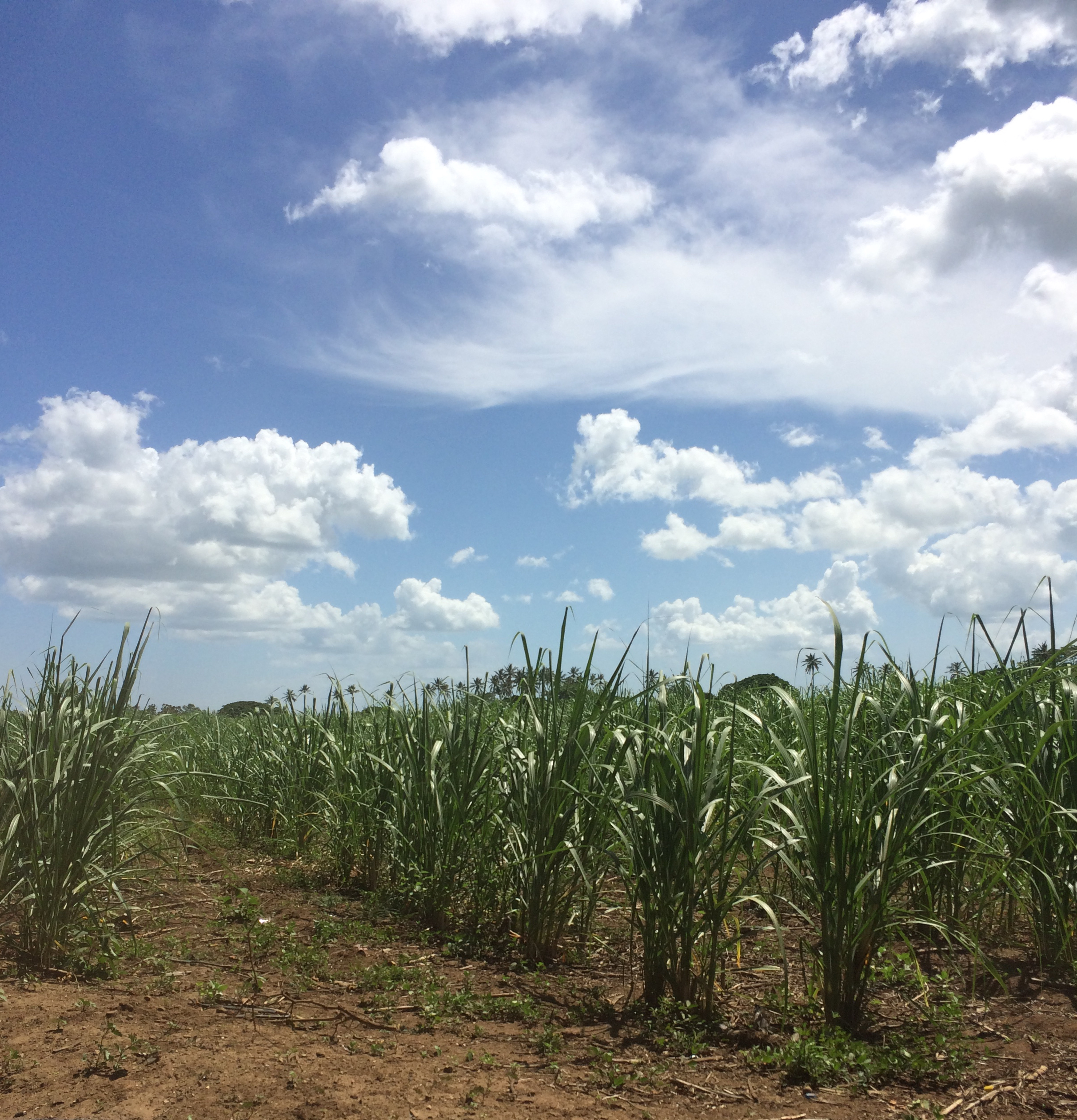The Plantation as Hotspot
Capital, Science, Labour, and the Earthly Limits of Global Health
—
Published: 30 June 2023
Environmental justice
Heat
Toxicity
Sugarcane
Occupational health
https://doi.org/10.17157/mat.10.1.6928
Abstract
Central American sugarcane plantations have become ‘hotspots’ of chronic kidney disease (CKD). Although CKD is frequently caused by diabetes or hypertension, most sugarcane plantation workers who have it have no history of either condition. They are among a growing number of people worldwide afflicted by chronic kidney disease of nontraditional causes (CKDnt). The ‘hotspot’ concept resonates with those who study CKDnt in part because work-related heat stress has been the factor most strongly associated with the disease. Drawn from ethnographic research on CKDnt in Nicaragua and a close reading of scientific and policy documents, this research article frames the plantation as a health hotspot in three ways. First, plantations are sites of intensive, environment-altering capital investment. Second, public health research on the connection between heat stress and CKDnt remakes plantations as sites of intensive experimental scrutiny. Third, plantations produce innovative genres of political action. Nicaragua’s epidemic has given rise to a form of health activism, or ‘hotspotting’, in which workers and their allies use digital media to circulate evidence of environmental harm. This tripartite view of plantations as hotspots highlights what I suggest are some of the ‘Earthly limits’ of global health.
